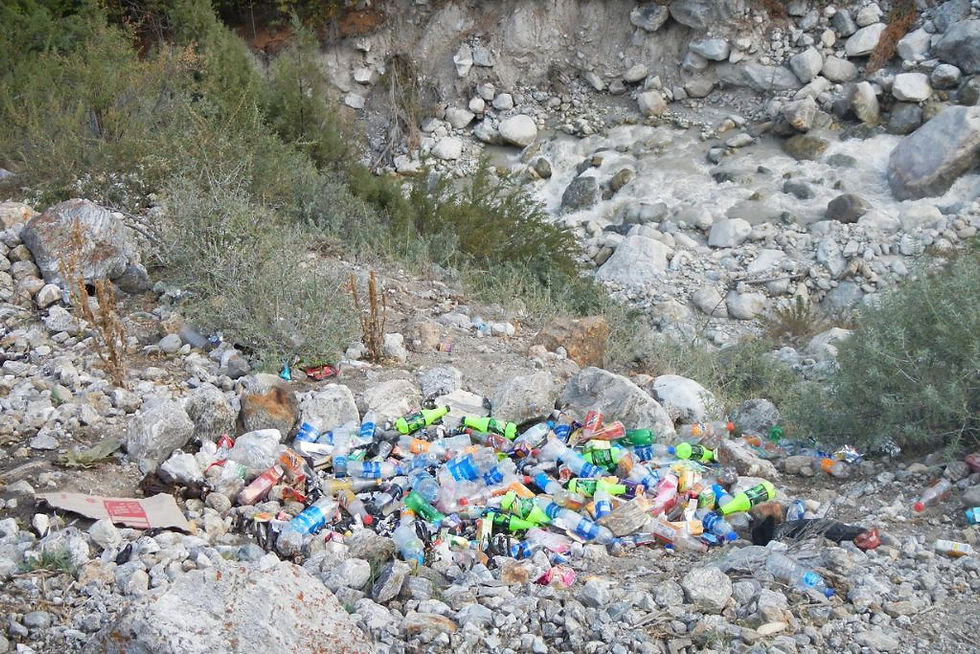The Benefits of Voluntary Carbon Markets
- Constant Tedder
- Aug 2, 2023
- 3 min read
Voluntary carbon markets have experienced several obstacles along the way. But like for any nascent ecosystem, it takes time to adapt and refine standards in order to help government, industry, and individuals reach carbon neutrality.
—
In order to reach the United Nations Framework Convention on Climate Change (UNFCCC) Paris Agreement targets and prevent the global average temperature increase from surpassing 1.5C, government, industry, and individuals must reduce, avoid, and phase-out emissions completely. One way to achieve this is through voluntary carbon markets (VCM).
What Are Voluntary Carbon Markets?
Unlike the regulatory compliance market – a result of policy or regulatory requirements – the voluntary carbon market (VCM) incentivises project developers (governments, industries, and individuals) to reach net zero through reduction (i.e., changing land management practices), avoidance (i.e., switching to renewable energy) or removal (i.e, revegetating an area to sequester carbon) of greenhouse gases (GHG); it promotes co-benefits and encourages achievement of Sustainable Development Goals (SDGs).
In a paper published in ScienceDirect, Spilker & Nugent describe VCMs as “an ecosystem of self-regulating standard-setting organisations and certifiers.” These markets set competitive applicability conditions (standards) for project developers to submit a project activity for approval. Project activities include – but are not limited to – afforestation & reforestation (A/R), improved forest management (IFM), improved weatherization on buildings, or improved agricultural practices. Upon approval, projects are listed on a VCM registry where they must be monitored throughout the crediting period. Credits are issued through the registry based on the amount of tonnes of carbon dioxide equivalent that is being reduced, avoided, or removed from the atmosphere as a result of a project activity.
Since their introduction a few decades ago, VCMs have experienced some obstacles. Whereas carbon market transparency and carbon reduction standards were once lacking, they have now become more refined.
During the COP21 summit in 2015, government leaders discussed the imperfections surrounding VCMs. The goal of the discussion was to promote countries and industries to be transparent within VCMs and develop a global standardisation to help guide VCMs. To establish transparency and a global standardisation, the Paris rulebook was composed. Upon completion at COP26 in 2021, the Paris rulebook provided VCMs a framework for project activity standards, fostering transparency between project developer and VCMs before credit issuance.
The most established VCM registries are Verified Carbon Standard (VCS), Climate Action Reserve (CAR), American Carbon Registry (ACR), and Gold Standard. Each of these registries provides competitive applicability conditions that must be met before the crediting period and complied with throughout the crediting period.
What Do Voluntary Carbon Markets Do?
Net zero can be achieved through a variety of project activities including change in agricultural management practices (i.e., promoting no-till practices to avoid GHG emissions) or converting barren land into a created forest (i.e., planting trees in an area of no recent tree cover – a practice known as afforestation – to sequester carbon from the atmosphere).
VCMs registries encourage project activities to include co-benefits and SDGs by providing additional credits when included. Co-benefits include additional environmental, economic, or social benefits while SDGs are specific types of co-benefits. For example, an entity looking to reforest/afforest land has the possibility to generate environmental co-benefits through providing new habitats for animal and insect species (SDG15: Life on Land). Additionally, an entity could introduce a social co-benefit by hiring a higher proportion of women to plant trees (SDG5: Gender Equality).
Are Voluntary Carbon Markets Beneficial?
VCMs help major polluters offset GHG emissions and create innovative ways to solve the climate crisis. An article by HSBC argues that “the voluntary carbon market can be an incredible force for good that can help us accelerate the transition to a net zero economy.”
The force of good that VCMs can offer is providing offset solutions to major polluting industries. For instance, the VMC Verra has issued over 1.1 billion verified carbon credits consisting of over 2,000 project activities around the world and has been used in over 88 countries. A large sector that emits GHG is transportation. Verra has created a project activity standard where entities can be issued carbon credits through installation of electric vehicle charging stations.
As VCMs adapt and refine standards, they provide incentive for government, industry, and individuals to change behaviour and promotes innovation for our global emissions to reach net zero.
You might also like: Is Carbon Offset a Form of Greenwashing?




Comments